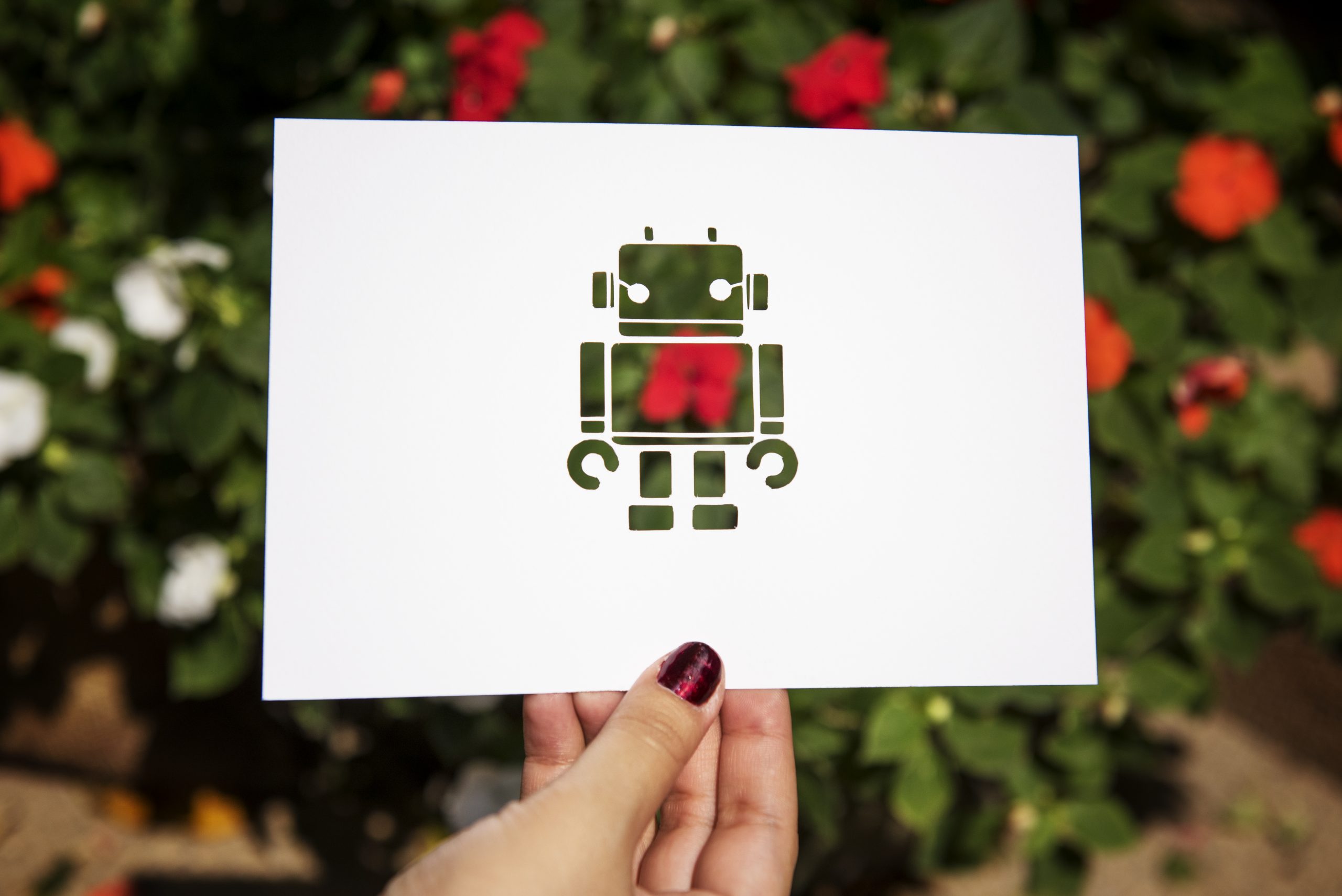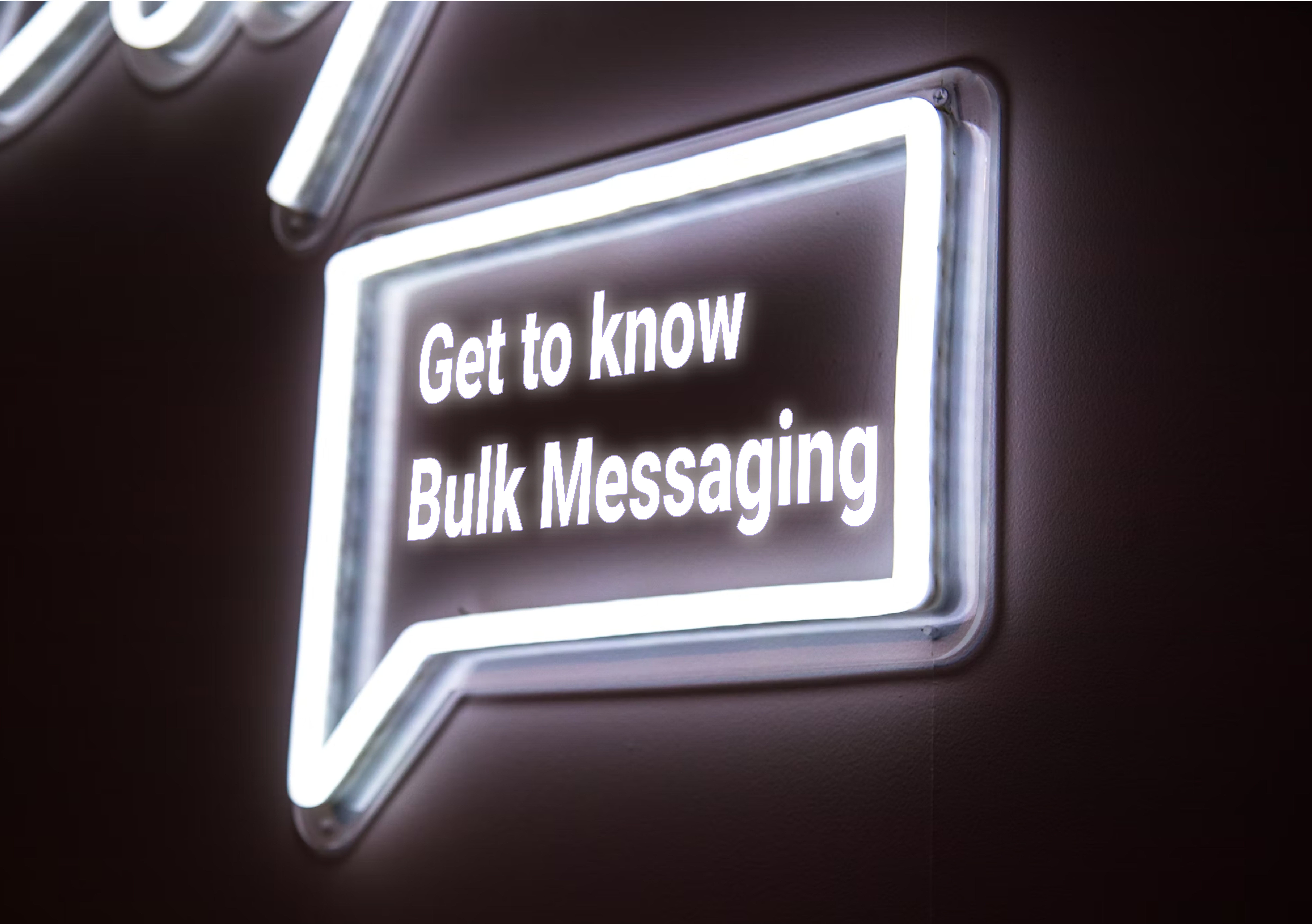There is significant potential in using chatbots for marketing. And brands did not take long to notice that! The power a chatbot has to foster dialogue with the public, streamline the purchase journey and build customer loyalty is, after all, undeniable.
With friendly interactions and personalized approaches, chatbots quickly turned into great allies of marketing strategies in organizations. With them, it is possible to offer a real-time seamless customer service experience and even scale up lead generation.
In this article, we will explain what are the main uses of chatbots. Thereafter, we’ll explore the many possibilities of using chatbots for marketing.
What Is a Chatbot and What Is It Used For?
We can define a chatbot as an automated conversational robot. It is a software that, by means of Artificial Intelligence and Machine Learning, simulates conversations between human beings imitating their language. Therefore, the communication between the company and the public is done on a platform for exchanging instant messages.
Using chatbots, the company can provide a 24/7 service to the public, completing the live chat service. In addition, this tool allows the company to waste less time attending to less complex and very repetitive demands.
Curious to know more about how chatbots work? Click here.
Using Chatbots for Marketing – What Are the Hurdles?
Bots provide an easy way to create interaction with shoppers. Yet, they are unsuccessful when they can’t deliver an experience as efficient and flawless as the intricate chats people got used to having with other humans on messaging apps, like live chat.
Frequently, bots have trouble understanding conversational context or even obliterate what was the customer’s first query. To worsen, often it is not clear if they are a bot in the first place, leaving consumers without the possibility to escalate the issue to a human agent.
Crafting the Perfect Chatbot for Marketing
Once you have a good understanding of the interactions your customers have with your brand, the next step is to find ways to craft the chat interface in a form that provides maximum impact with little fluff.
After all, the preeminent goal of a bot is to offer a service people actually look forward to using. Moreover, if you have your chatbot for marketing as just one more communication channel, your ship may easily sink.
Those voted as the best bots are the ones who identify the most basic decisions consumers encounter on a daily basis and interpret them as an opportunity to offer support.
Whether it is giving advice on garments, updating a shipping address, or rescheduling a reservation, bots come by with a solution when people require it most.
Make Your Chatbot Proactive
‘Talking’ with a chatbot should feel like talking to a “human encyclopedia”. Using an example that might sound familiar to you, consider that you need to change your airplane ticket. A good chatbot will be aware if you possess an unused voucher, and whether you prefer the window over the aisle seat.
Consider the conversational UI (User Interface) likewise. The priority is to let the whole interaction happen within the channel chosen by the customer. After all, the aim is to identify the shopper’s intent and respond with the right content with minimal user input.
Keep in mind that every question asked should be meaningful and take the consumer closer to the answer they look for. It is best to avoid asking way too many questions or asking the customer to check for information over other channels.
Crafting a performing and comprehensive conversational flow chart is a challenge, and demands hard work indeed. But it pays off as soon as you harvest the results!
The Many Uses of Chatbots for Marketing
There are multiple uses of chatbots for marketing, in different areas and through a large range of perspectives. If you plan on improving your marketing strategy, a chatbot may come in handy!
We listed the most common uses of chatbots for marketing below:
Prospecting New Customers
Chatbots are perfect for a first – and remarkable – first contact with potential customers. A chatbot hosted on Facebook Messenger, for example, can target visitors to the brand’s profile on the social network. Likewise, the bot can begin a chat aiming to prospect new customers.
Generating Brand Engagement
Another effective way to use a chatbot for marketing is by pushing prospects, leads, and existing customers to interact with your brand, creating engagement.
With chatbots, users talk to the company as if they were talking to a friend. By paying special attention to those interactions, businesses can offer customers personalized experiences based on the shopper’s tastes, interests, and preferences.
Consequently, in a certain manner, it generates greater proximity and identification of the consumer with the brand.
Chatbots for FAQ
Consumers do appreciate fast and efficient service. With a routine that tends to get busier every day, they do not have time to waste. For that matter, consider turning your FAQ into a chatbot.
It is a more interactive way to provide a nice onboarding experience on your website. So instead of letting the FAQ be forgotten somewhere over the customer service section, consider picking up the most common questions and programming a bot with the answers.
Are you convinced that using chatbots for marketing can be a huge advantage for your business? Reach out to us!


